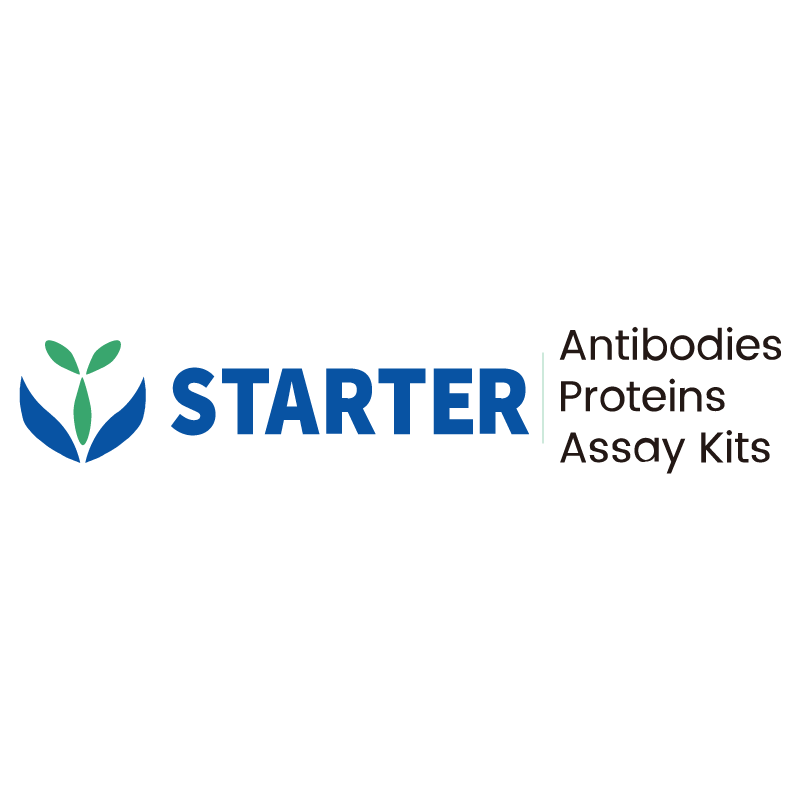Flow cytometric analysis of K562 (Human chronic myelogenous leukemia lymphoblast, Left) / U-2 OS (Human bone osteosarcoma epithelial cell, Right) labelling CD90 antibody at 1/2000 dilution (0.1 μg) / (Red) compared with a Mouse monoclonal IgG (Black) isotype control and an unlabelled control (cells without incubation with primary antibody and secondary antibody) (Blue). Goat Anti - Mouse IgG Alexa Fluor® 488 was used as the secondary antibody.
Negative control: K562
Product Details
Product Details
Product Specification
| Host | Mouse |
| Antigen | CD90 |
| Synonyms | Thy-1 membrane glycoprotein, CDw90, Thy-1 antigen, THY1 |
| Immunogen | Recombinant Protein |
| Location | Cell membrane |
| Accession | P04216 |
| Clone Number | S-922-13 |
| Antibody Type | Mouse mAb |
| Isotype | IgG1,k |
| Application | FCM |
| Reactivity | Hu |
| Purification | Protein G |
| Concentration | 2 mg/ml |
| Conjugation | Unconjugated |
| Physical Appearance | Liquid |
| Storage Buffer | PBS, 40% Glycerol, 0.05% BSA, 0.03% Proclin 300 |
| Stability & Storage | 12 months from date of receipt / reconstitution, -20 °C as supplied |
Dilution
| application | dilution | species |
| FCM | 1:2000 |
Background
Thy-1 or CD90 (Cluster of Differentiation 90) is a ~25–37 kDa heavily N-glycosylated, glycophosphatidylinositol (GPI) anchored conserved cell surface protein with a single V-like immunoglobulin domain, originally discovered as a thymocyte antigen. Thy-1 can be used as a marker for a variety of stem cells and for the axonal processes of mature neurons. Structural study of Thy-1 led to the foundation of the Immunoglobulin superfamily, of which it is the smallest member, and led to some of the initial biochemical description and characterization of a vertebrate GPI anchor and also the first demonstration of tissue specific differential glycosylation.
Picture
Picture
FC


